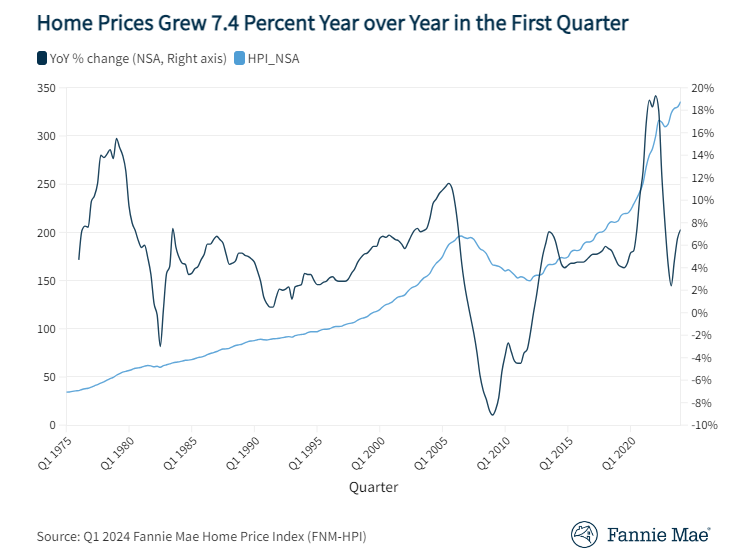
NY Fed Reports Increase In Total Household Debt For Q2 2021

The Federal Reserve Bank of New York Center for Microeconomics Data's Quarterly Report on Housing Debt and Credit, revealed that the total household debt increased by $313 billion to $14.96 trillion in Q2 2021.
- There was $1.22 trillion in newly originated mortgage debt in Q2 2021, with 71% of it originated to borrowers with credit scores over 760.
The Federal Reserve Bank of New York Center for Microeconomics Data's Quarterly Report on Housing Debt and Credit revealed that the total household debt increased by $313 billion, to $14.96 trillion in Q2 2021. This puts the total debt balance at $812 billion higher than the end of 2019, according to the Fed. It is also the largest increase seen in a quarter since Q2 2007.
Mortgage balances are the largest component of household debt and increased by $282 billion and stood at $10.44 trillion at the end of June, according to the report. Additionally, credit card balances started to tick back up, increasing by $17 billion in the second quarter, however, credit card balances were still $140 billion lower than they were at the end of 2019. Auto loans increased by $33 billion, while student loan balances decreased by $14 billion.
Meanwhile, mortgage originations, which include mortgage refinances, reached $1.2 trillion, surpassing the volumes seen in the preceding three quarters. In the last four quarters, mortgage originations reached a historic high with nearly $4.6 trillion in mortgages originated.
“We have seen a very robust pace of originations over the last four quarters with new extensions of credit for mortgages and auto loans combined with rebounding demand for credit card borrowing,” said Joelle Scally, Administrator of the Center for Microeconomic Data at the New York Fed. “However, there are still two million borrowers in mortgage forbearance who are vulnerable to financial distress once the forbearance programs come to an end.”
According to the Fed's data, the share of mortgage balances 90+ days past due fell to a historic low of 0.5% as forbearance remains an option and foreclosures are mostly on hold. As of late June, the share of outstanding debt that was in some stage of delinquency was 2.0 percentage points lower than the fourth quarter of 2019, just before the COVID pandemic hit the United States.




